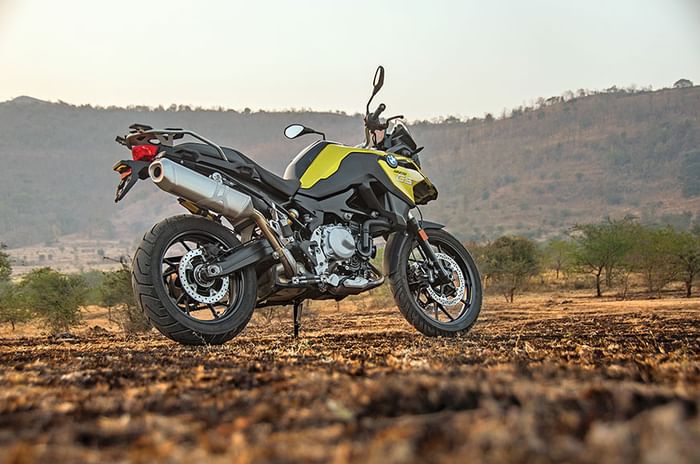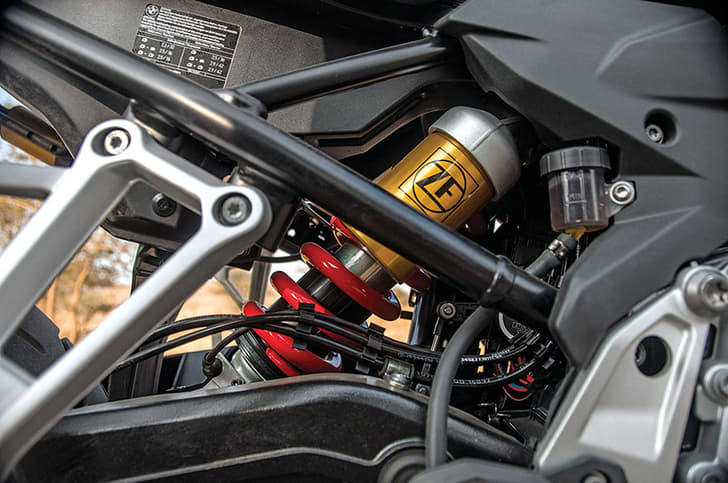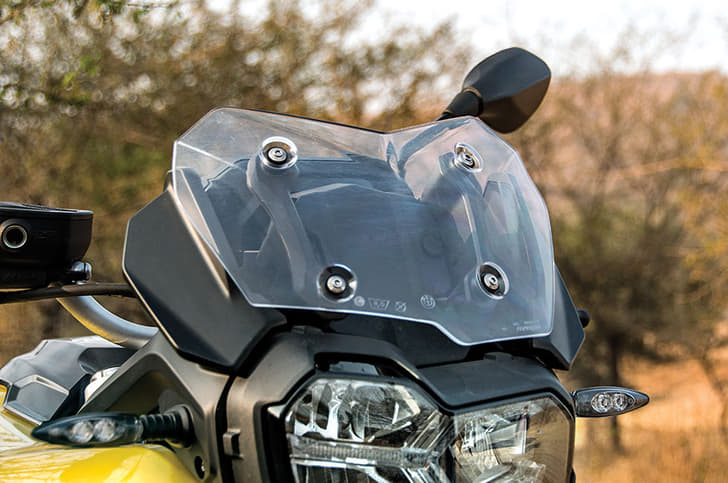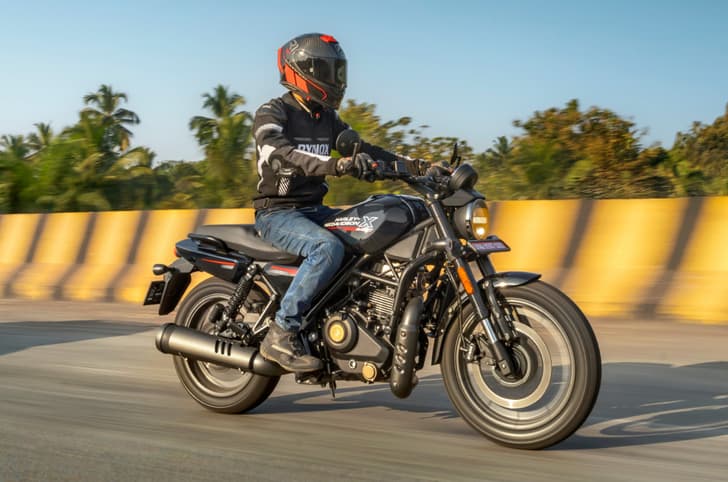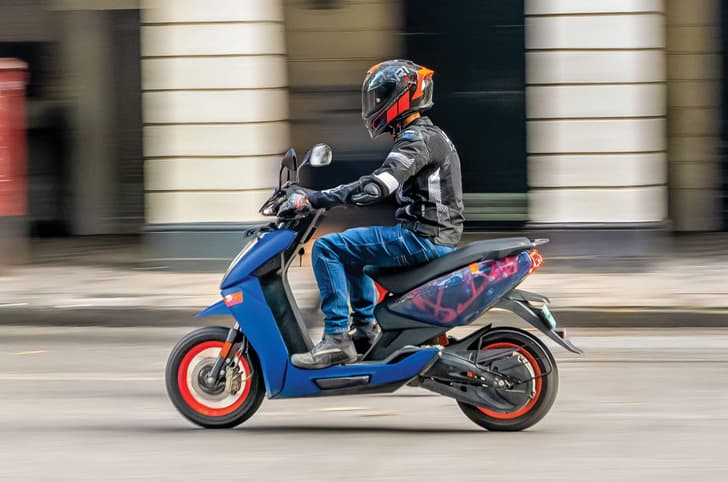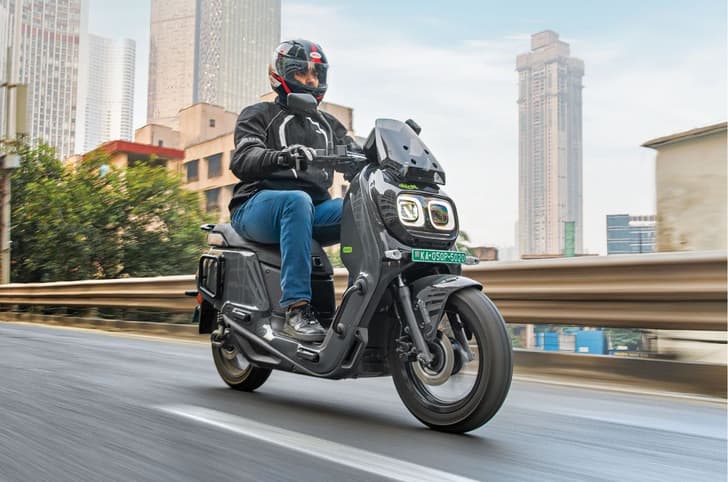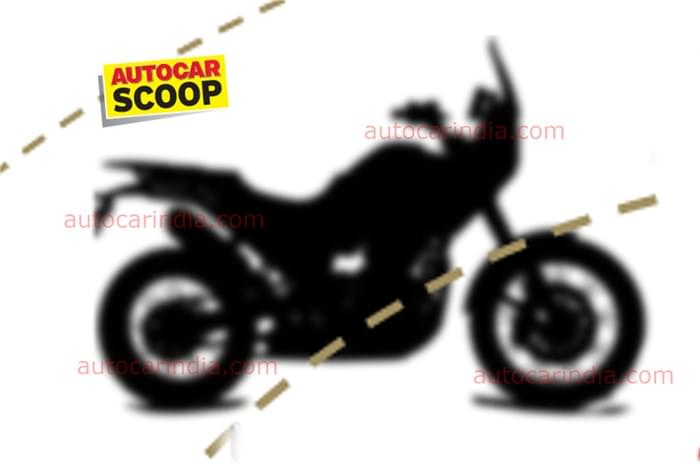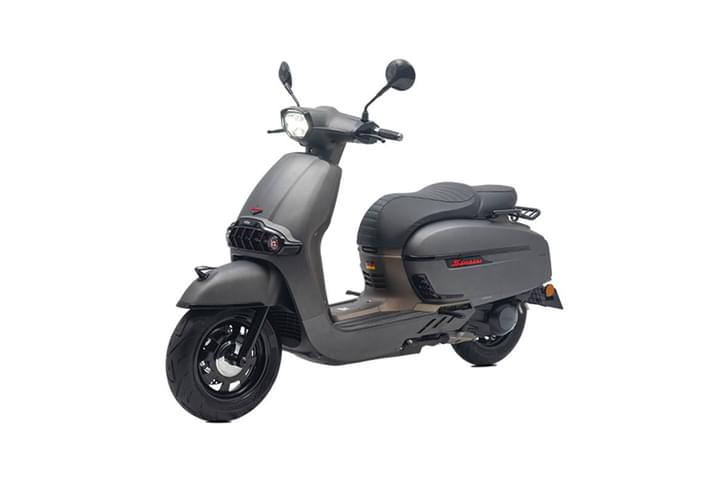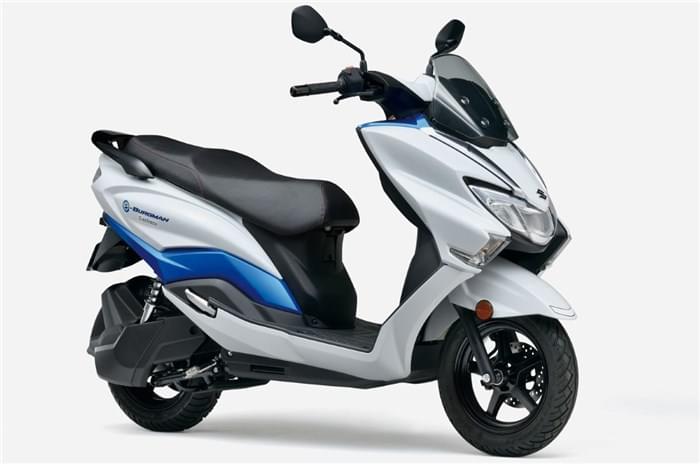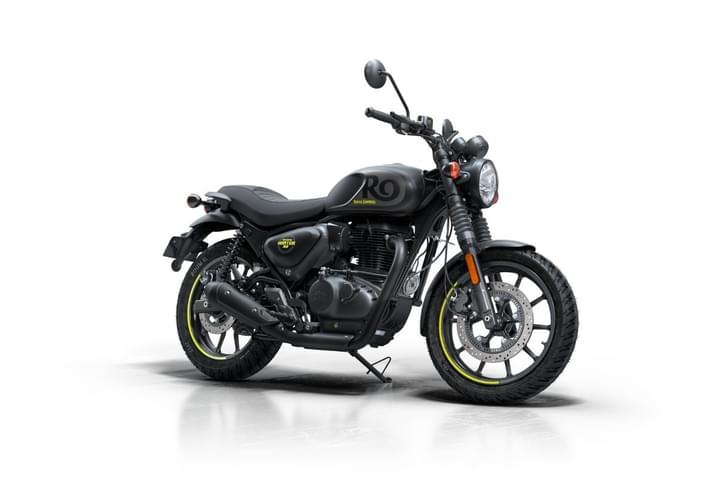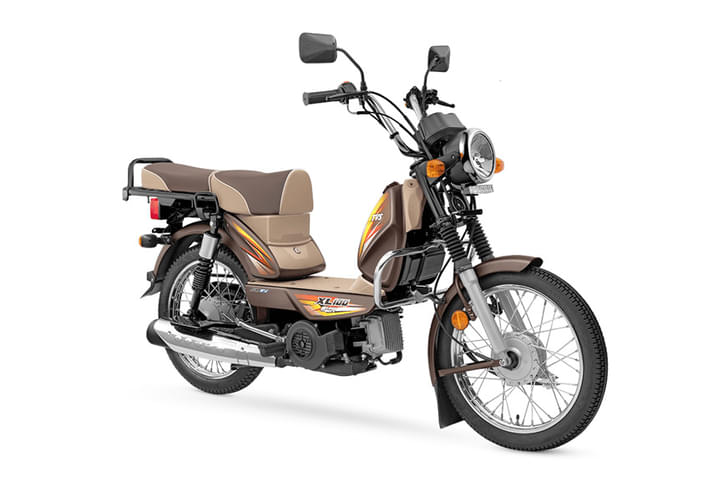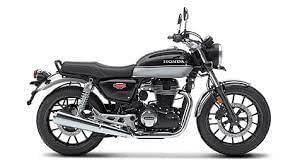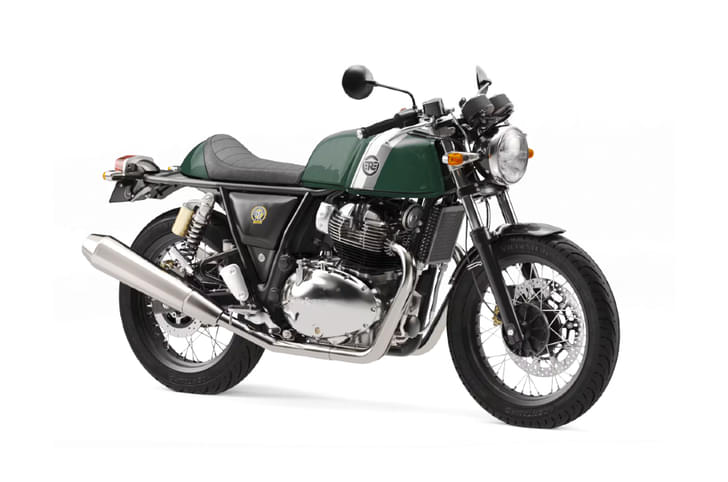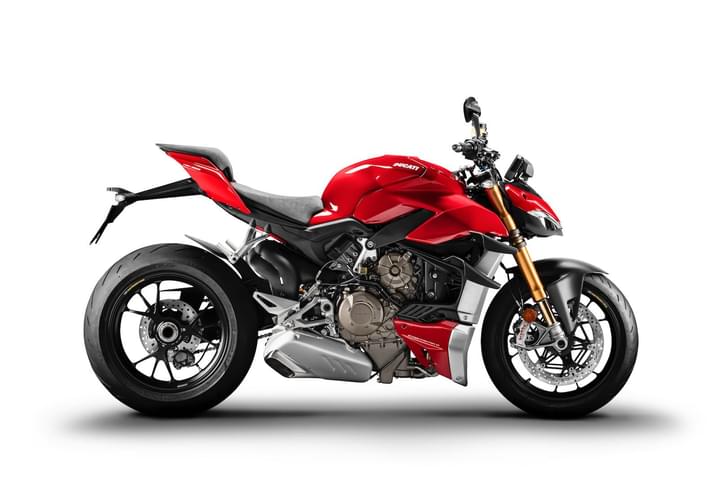BMW has always had a bit of fun with the naming system for its mid-capacity ADV bikes. In previous generations, the F 650 GS, F 700 GS, and F 800 GS, all used the same 800cc parallel-twin motor in different states of tune. The company keeps the confusion going with its latest generation F 750 GS you see here and the F 850 GS we compared with the Tiger 800 XCx last month – both use the same, newly developed 853cc parallel-twin. But these two machines are seperated by much more than just their names.
Big easy
For starters, the F 750 GS actually does qualify as the smaller sibling. Where the 850 is all gung-ho about smashing through off-road trails with its big 21-inch front wheel and miles of suspension travel, the 750 is more focused on the road. Suspension travel is far reduced from the 850 GS – down from 230mm to 151mm at the front; and 215mm to 157mm at the rear. Throw in a 19-inch front wheel, and the 750 suddenly feels much lower than its siblings. In fact, with an 815mm seat height, this is about the most short-rider-friendly, full-size ADV out there. The chassis and bodywork is all roughly the same, though. So this is still a proper large ADV; it’s just easier to get your feet down on this one.
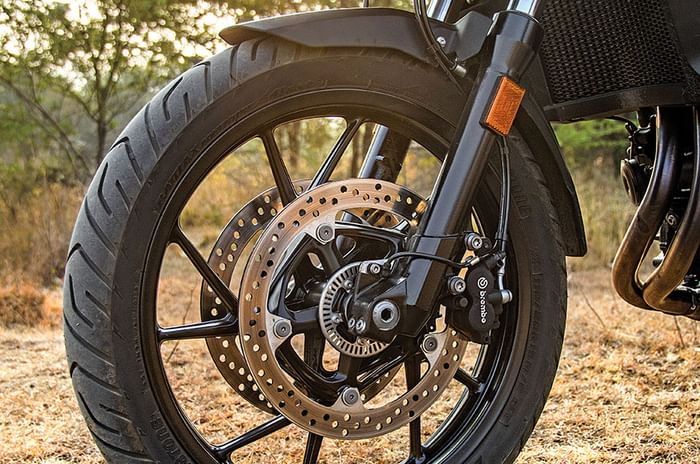
Most riders will find that this really creates a world of a difference in terms of confidence. The 850 GS is a tall beast and anyone shorter than 6ft in height is going to have that 860mm seat height as a permanent fixture in the back of their minds. On the 750, I just swung a leg over and headed into traffic without a second thought. Fresh memories of the 850 flooded back, right from the crisp response of the ride-by-wire throttle to hearing the deep, almost V-twin-like rumble from the engine, thanks to its 270-degree firing order. In traffic, the engine felt almost the same, despite the fact that BMW has sliced a full 13hp off the top. The reason it isn’t so noticeable in town is because peak torque is only down by 3Nm. The company hasn’t achieved this by any mechanical changes to the motor – it’s all down to ECU mapping.
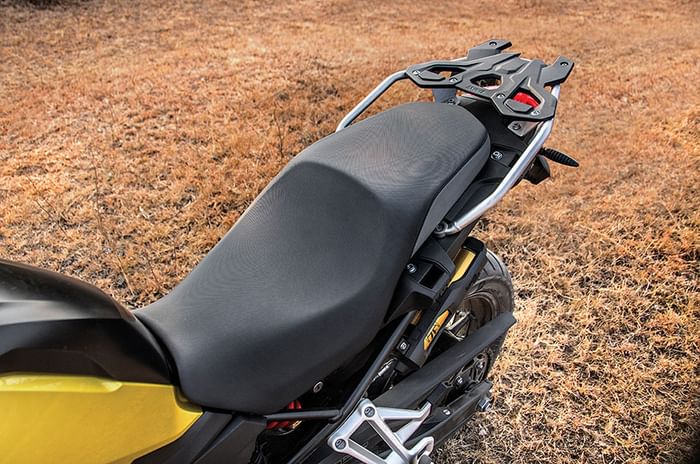
In town, the sense of familiarity is strong because you’re also touching and feeling the same surfaces. The top-quality switchgear remains, including the cool iDrive-like rotary dial on the left grip, which, admittedly, it isn’t the most intuitive system to use. While BMW has cut down on some of the power and specs, this bike is just as well-equipped as its bigger sibling. We’re riding the Pro model, so it gets the LED headlamp, an electronically adjustable rear shock, two additional riding modes to Road and Rain (Dynamic and Enduro) and the up/down quickshifter. Just like the 850, the clever rear shock can be easily set up for comfort or sportiness. Preload can also quickly be adapted in case you have a pillion or luggage on board. Also like the 850, the quickshifter is a bit hard and clunky at city speeds.

Breaking free of the messy confines of Pune well before the sun was out, I found myself liking the BMW’s LED headlamp; but I was certain that I’d still stick some auxiliary lights on for good measure. What kind of ADV owner would I be if I didn’t? With a shoot scheduled at Lavasa, the 750 would have the opportunity to show off its road-going prowess, but not before Kuldeep pulled us off-road for the static photographs – it’s still an ADV he argued, we’ve got to take it into the dirt, at least for the stationary shots. Well, getting to where Kuldeep wanted to shoot had a few bumps along the way, and long story short – the 750 GS can handle a fair bit of goofing around off-road, as the image below will confirm. The bike lands with composure and its abilities are more than enough to handle anything our roads can throw at it. But if you’re the type who hunts for off-road trails for the fun of it, you definitely want the 850.
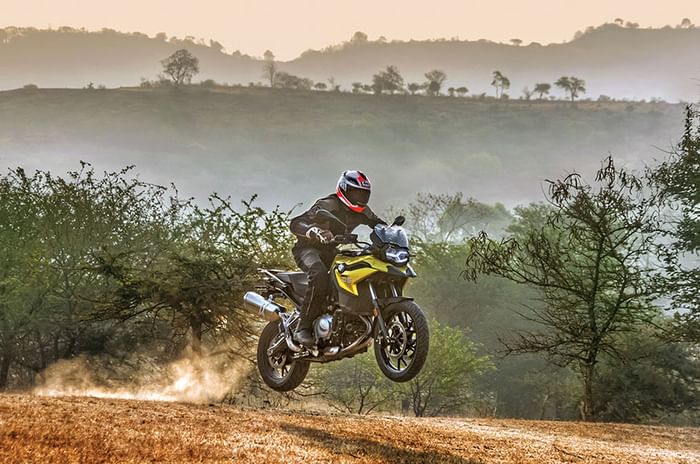
I’m more keen to see what it’s like in the twisty bits, though, and the 750 does not disappoint. This BMW is quite easily the best-handling mid-size ADV this side of the Multistrada 950. I had no issues with the simpler fork, and slightly sharper steering angle (by one degree) works with the smaller wheel to quicken the steering. As a result, the 750 GS has a secure and planted front end with much more feel than the 850, and a whole lot more than the Tiger 800XRx as well.
It also has a generous lean angle on offer – another perk over the Tiger XRx; a bike that digs its pegs into the tarmac far too early. The brakes, which feel a bit too sharp off-road, are just right on tarmac and if you’re in the mood, the GS will comfortably gnaw at the heels of a sports bike on a ribbon of flowing blacktop. The only difference is that you ride back home in upright comfort, without a care for the potholes you’ll inevitably meet.
Going the distance
It’s when you’re hammering up a winding road, or pulling a fast overtake on the highway, that you feel the 750’s drop in power; especially if you’ve recently experienced its bigger sibling. I’m in agreement with all the other changes BMW has made to the 750, but the drop in power leaves me short-changed. Why should the road-biased rider deserve less power, especially when the direct rival from Triumph has a full 95hp on tap?

Nevertheless, this is not a slow bike by any means. A 135kph cruise is comfortable and top speed is quoted at 190kph. If fast highway hauls are your thing, you won’t like the 750’s tiny windscreen – it does manage to reduce windblast to the point that you’re not fighting the air, but it’s far from calm behind this screen. I like it for our typically hot climate, but if you plan to ride to colder areas, a larger aftermarket windscreen is advisable. Aside from the windscreen, missing engine bellypan, alloy wheels and different paint schemes, there isn’t much else to tell the two GS siblings apart.

The smarter GS
That’s right, between the two, the 750 is the GS I enjoyed more and it’s also the smarter one to buy going by the pricing strategy. Prices start at Rs 11.95 lakh (ex-showroom, pan India) for the standard F 750 GS, but it’s the Rs 13.4 lakh F 750 GS Pro version you want. In typical BMW fashion, there are accessories to consider too, so make that Rs 14 lakh if you also want the optional TFT display and add Rs 10,000 more for the Austin Yellow paint scheme. That still makes it about Rs 1.2 lakh cheaper than a similarly specced F 850 GS. If only they hadn’t hobbled the top end.
